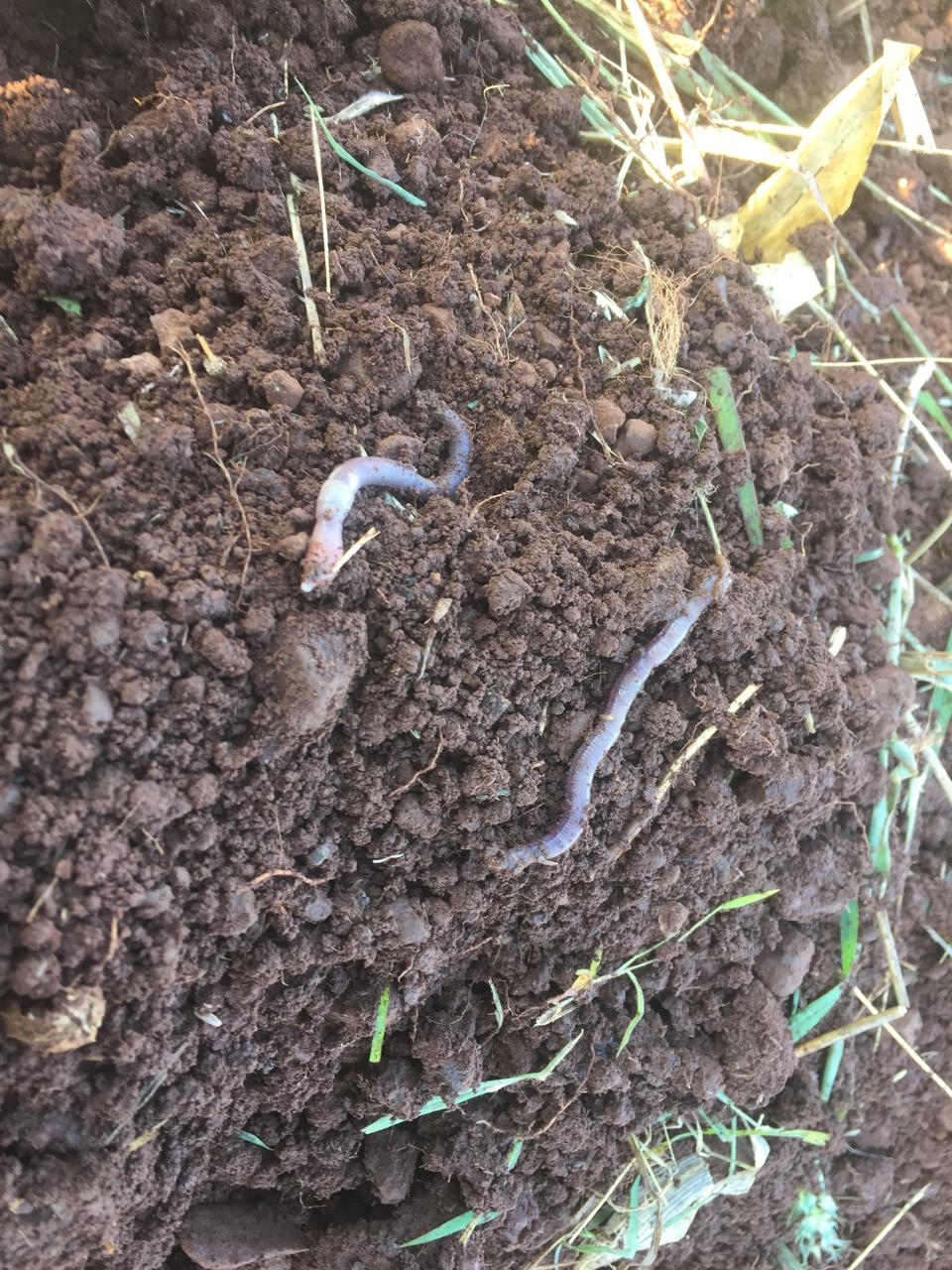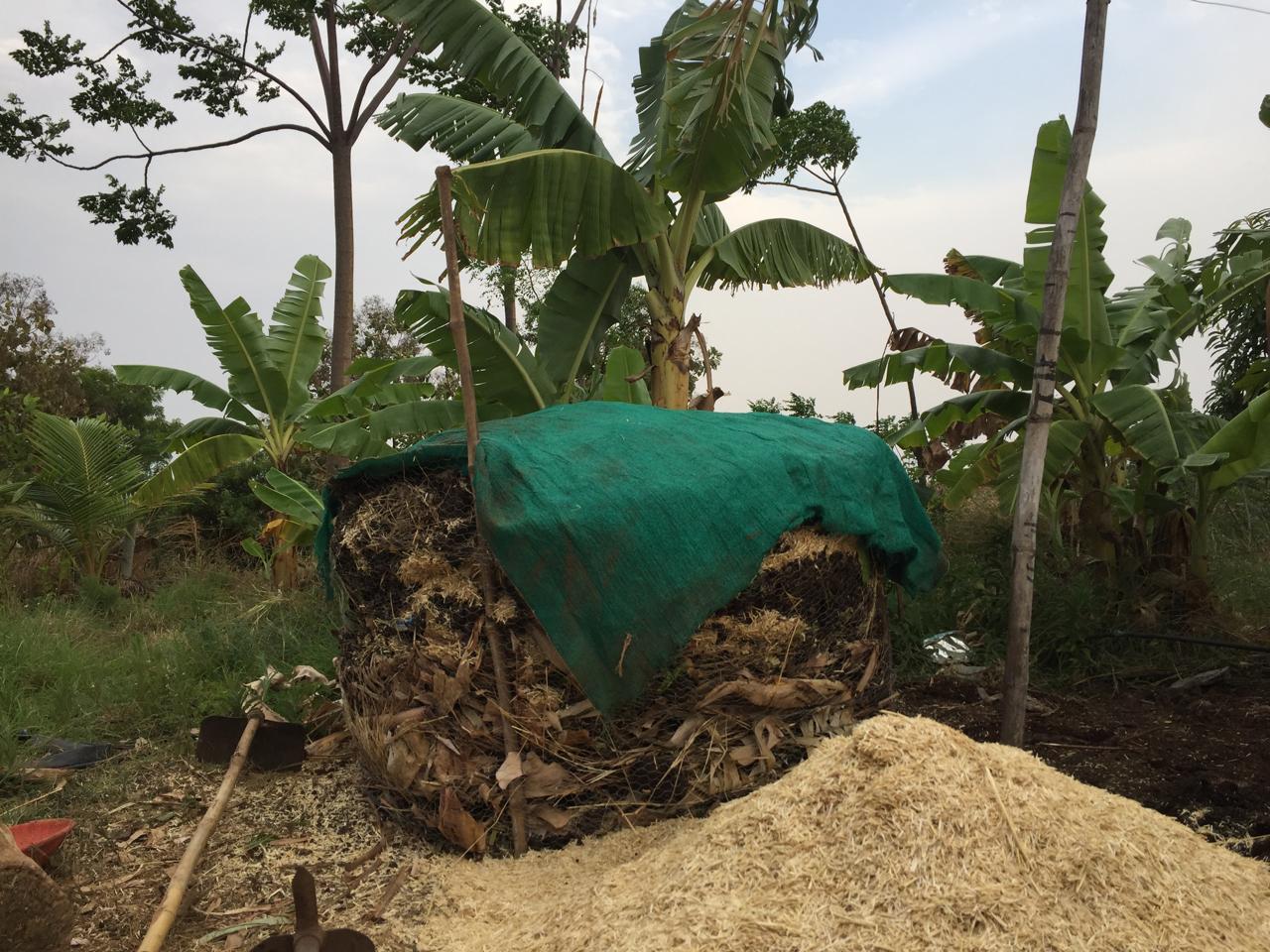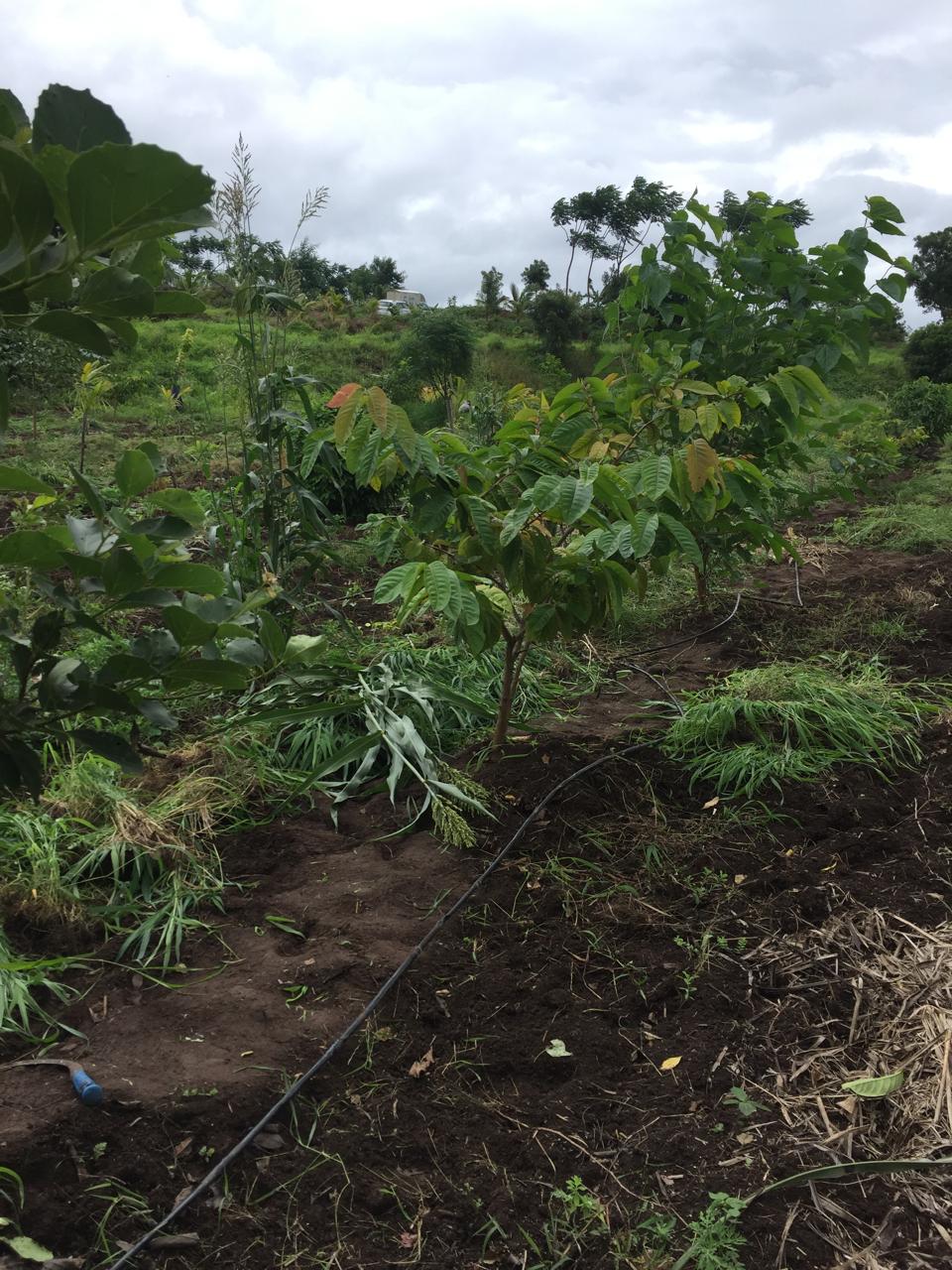When we think of nature, our minds often leap to the vast: forests, oceans, animals roaming the wild. But there’s a quieter world, right under our feet, working day and night without applause. It isn’t glamorous. You can’t always see it. And yet, almost everything we eat, breathe, and build depends on it. This is the world of soil life, the rich, unseen network of organisms that keep our ecosystems alive.
At first glance, soil might seem like mere dirt. But spend just one morning with your hands in it, as we often do here at The Zakoji Farm, and you’ll realize it’s not inert matter. It’s alive. In one handful, you’ll find more living creatures than there are people on Earth. Bacteria, fungi, earthworms, and microscopic insects each have a role in the cycle of life beneath the surface.
One morning after a good rain, we pulled back a layer of mulch beneath one of our mango trees and found a mycelium web stretching across the soil. It was delicate and white, like lace. That thread-like fungus was linking the roots of nearby plants, passing water and nutrients between them like messages between neighbors.
These fungi, especially mycorrhizal ones, create vast underground networks. They form symbiotic bonds with roots, helping plants absorb water and minerals in exchange for sugars. This mutual support system has evolved for millions of years. No technology can replicate it, and no synthetic fertilizer can match its intelligence.
Soil as a Living Relationship
Plants don’t just grow in soil. They grow with it. There’s a constant conversation happening belowground: plants release root exudates, soil microbes break down organic matter, and earthworms create channels for air and water. It’s a relationship built on give and take.
In a healthy ecosystem, like a food forest, these interactions form a continuous loop. Plants feed the soil, and the soil feeds the plants. It’s not unlike the way a strong community sustains itself through mutual care. One organism’s waste becomes another’s nourishment. This is nature’s original circular economy.
Here on our farm, we’ve noticed how much easier everything becomes when we stop trying to control the soil and instead listen to what it needs. When the soil is rich in life, plants don’t struggle. They flourish. Fruit trees bear more sweetly. Greens grow with resilience. Pests show up less often. Water lingers longer in the ground. The entire system begins to take care of itself, not because of our effort, but because we allow it to.
Permaculture: Walking with Nature
Permaculture taught us to see the land not as a problem to solve, but as a partner to walk with. Instead of imposing rows and regimes, we began asking different questions. What’s already working here? What wants to grow? What’s trying to come alive?
Healthy soil doesn’t require constant inputs when designed with care. Instead of tilling, we mulch with dried leaves, wood chips, or even cardboard. We let roots grow undisturbed. We compost our scraps and animal waste, returning nutrients to the earth. Sometimes we bury logs under our beds, a technique called _hügelkultur_, which slowly decomposes to store moisture and feed plants from below.
Each of these steps invites life in, rather than pushing it out.
When We Forget What’s Beneath Us
Sadly, much of modern agriculture forgets this underground world. In pursuit of short-term yield, we’ve tilled soil until it’s tired, sprayed it until it’s sterile, and loaded it with synthetic inputs that create dependency instead of health. This harms the very organisms we rely on most.
The land begins to reflect our neglect. Crops become less resilient. Pests return in greater numbers. Farmers chase diminishing results. And in places like ours, where the soil is already fragile, this damage runs deep.
But it doesn’t have to stay that way. Life wants to return if we give it the chance.
Restoring Soil, One Layer at a Time
At The Zakoji Farm, we’ve watched restoration happen. In areas once compacted and dusty, we now find dark, crumbly earth alive with roots and worms. What changed? We slowed down. We kept the soil covered instead of leaving it bare. We planted a mix of species instead of monocultures. We allowed natural processes to do the heavy lifting.
The best way to protect soil life is to recognize it as a living community. It is not a resource to be exploited, but a system to care for, one we are part of and accountable to.
You don’t need to own a farm to make a difference. You can compost your kitchen waste, plant flowering herbs, or support farms that care for the soil. Even small choices create ripples that nurture life below the surface.
The Quiet Foundation of the Future
Soil life may be invisible to the eye, but its impact is profound. It holds water, cycles nutrients, supports forests, and grows our food. It is the quiet foundation of everything green and growing.
When we reach down and touch the earth, we’re not just planting seeds. We are entering into a relationship. One of reciprocity, humility, and deep respect.
Let’s choose to walk with nature. Let’s care for the soil that cares for us. Because in the end, the future doesn’t come from chemicals or control. It grows from living soil, alive with promise and possibility.


